Dear Cyclone Fanatics – This week we are going to learn about shoulder dislocations, a common injury in athletes, especially football players.
The shoulder is the most mobile joint in the body, which allows great freedom of movement. Its main mode of stability is not bony, but rather ligamentous soft tissue. This puts it at risk for
dislocation, in which the head of the upper arm bone (humerus) comes all the way out of the socket (glenoid). A subluxation refers to the head of the humerus coming only partially out of the socket. The shoulder may come out, partially or completely, in a forward, backward or downward direction, although the most common injury is forward.
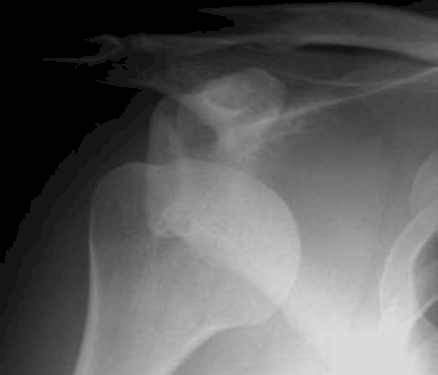
Above: X-Ray of anterior shoulder dislocation
This injury should not be confused with the so-called shoulder separation, which is an injury to the AC joint. This occurs with a direct blow to the shoulder, or a fall upon the shoulder. Dr. Warme wrote about shoulder separation injuries in his blog post from October 2 including its cause and treatment.
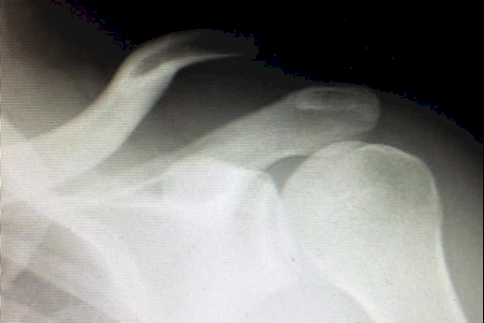
Above: X-Ray of AC joint injury
A shoulder dislocation is usually caused by a traumatic injury; either a sports injury, a motor vehicle accident or a fall. In football, it often happens to a defensive player, usually with arm
tackling. A DB or LB has their arm out to their side and overhead, and the hand/forearm gets forced backwards and the humeral head comes forward out of the socket.
This is a painful injury, as the muscles spasm and hold the ball out of the socket. The training and medical staff has to work together in order to maneuver the shoulder back in place, which is called a closed reduction. This can often be done on the sideline, but sometimes is done in the locker room. X-rays can help confirm the diagnosis and the reduction. Then the player is placed in a sling allowing the shoulder to heal. Return to play is allowed when the patient has pain-free range of motion with good strength and function.
Sometimes the ligamentous structures do not properly heal to the glenoid, which can lead to recurrent dislocations or subluxations. This is called instability of the shoulder and typically necessitates surgical treatment. Surgical treatment often involves small incisions and the use of the arthroscope. Postoperative rehabilitation can take up to 3 to 4 months.
My partners, Dr. Buck, Dr. Warme, and I see many shoulder injuries in our orthopedic sports medicine practice, including shoulder dislocations. We always hope that nonoperative rehabilitation is successful, but if not we proceed with surgical treatment. Below are some arthroscopic photographs of a surgical shoulder reconstruction.
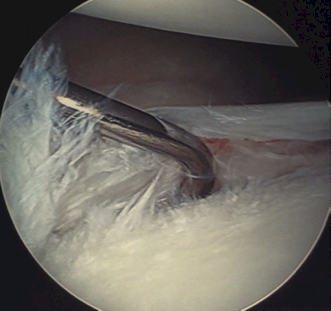
Above: Behind the probe is the ligamentous tissue stripped off the glenoid.
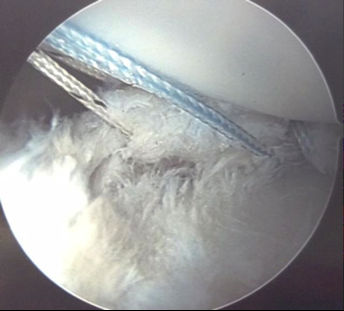
Above: Tissue stripped off the glenoid.
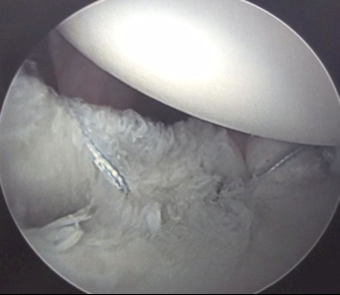
Above: Ligamentous tissue anchored to the glenoid.
Are you interested in making an appointment with our docs? Click here to learn more about Dr. Warme, Dr. Buck and Dr. Greenwald.





